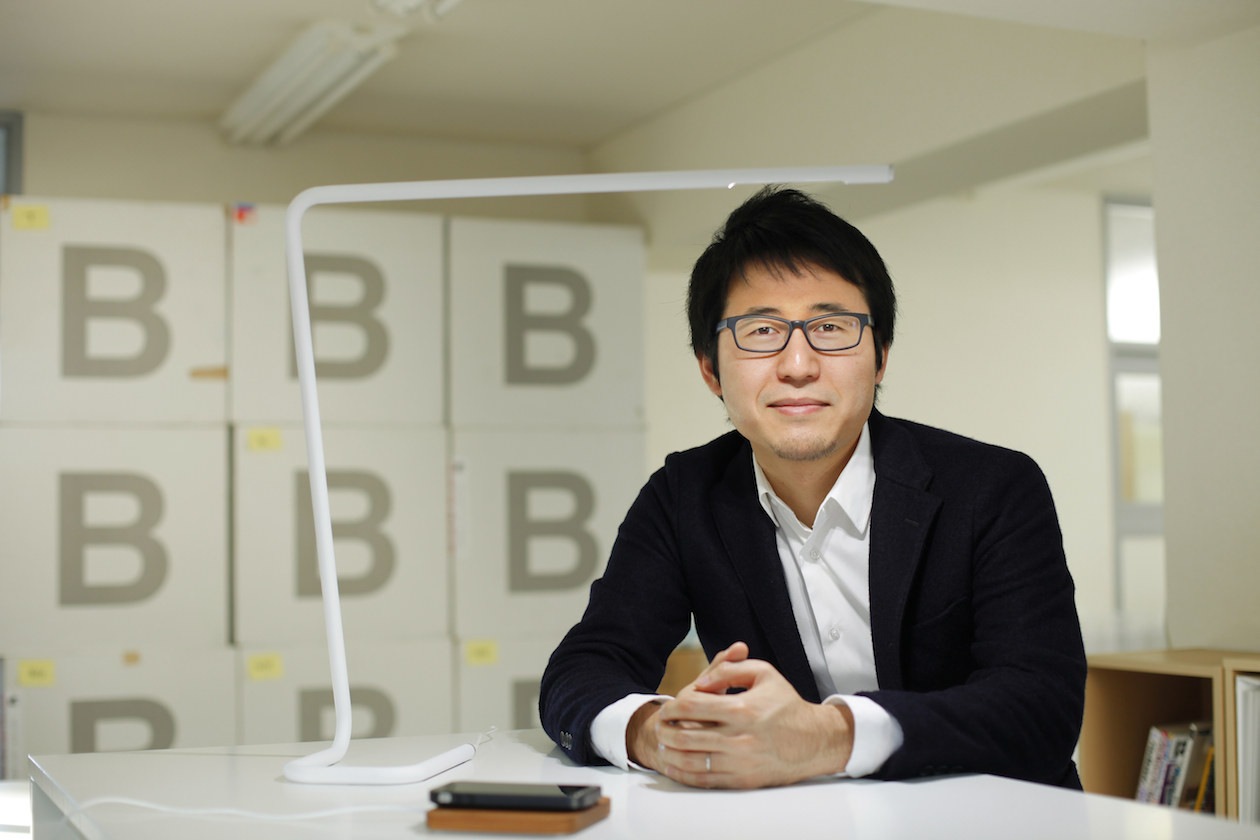Creating the products people truly want
In today’s world where we have access to an overwhelming number of products and the newest technologies become obsolete in mere months, it has become increasingly difficult to create products that people will use for a long period of time. Yet there are still creators who strive to create lasting products, and one of those people is Keita Yagi. He started his own independent company because he believed that he would be unable to create lasting, useful, and beautiful products at a major manufacturing company. The moment he started his firm, independent manufacturing became a worldwide trend, and Yagi became a pioneer of this movement in Japan.
Strive to create products that appeal to all 5 senses
Yagi has been inspired by Steve Jobs in two particular ways. One is regarding product design, and the other has to do with life decisions.
“My father was a Mac user, and I had access to the home Macintosh (classic) since I was a 2nd grader. In my first year of high school, my father bought me a first generation iMac, and I vividly remember the impact it made on me.”
Not only did it have an innovative design that used beautiful colors, it was also incredibly powerful and made it easy for users to connect to the internet. The iMac, which was unveiled by Steve Jobs shortly after Apple made its comeback, greatly influenced Yagi, who quickly decided he wanted to make something similar in the future.
Yagi spent his developing years during the time when IT was becoming a bigger and bigger aspect of society and software engineering was touted as a major skill.
“Although I had created software before, I was much more interested in creating products that could appeal to all 5 senses.”
So what would he need to study in order to be able to create his ideal product? While in high school researching products from various companies, Yagi found his answer.
“I would need to study electronic engineering, mechanical engineering, and design. However, studying these 3 subjects at the same time wasn’t possible at any university, so I decided I would study them one by one.”
All he had to do now was work towards his goal. First he studied electronic engineering at Osaka University, both as an undergrad and a graduate. He then went on to work at Fujifilm Corporation.
“I knew that I needed to study mechanical engineering, so I applied for jobs focusing on mechanics instead of electronics or IT. Fujifilm was the first company that accepted my vision.”
Yagi was placed in the medical equipment division, and worked on planning, testing, and creating visual diagnostic devices and the like.
Improving his designing skills through open contests
Although Yagi had successfully found ways to study electronic and mechanical engineering, through school and work respectively, he still needed to find a way to improve his design ability.
“I studied independently. While I was a university student, I looked at a lot of magazines and went to a lot of art galleries. But the thing that helped me the most was applying to the various design contests I heard about while I was a student.”
The majority of these design contests are held by corporations and local communities. At most, Yagi would apply to nearly 1 contest per week. Through these contests, Yagi learned about his strengths and weaknesses as a designer and was able to compare his work to other applicants.
“As I continued to compete in various design competitions, I realized that the winning entries were most often the works that stood out or were just plain interesting. However, were they works that you would want to hold on to for a long time? In most cases, probably not. This is when I started thinking deeply about what kind of products consumers truly wanted.”
Yagi’s biggest design influences have come from products made by Apple, Dyson, Bang & Olufsen, and Bose, designers like Jasper Morrison and Naoto Fukazawa, and numerous modern artists and architects.
Although Yagi had successfully attained the skills he needed to create his ideal products, he had no intention to start up his own company when he joined Fujifilm. His time there was very fulfilling because the digitalized medical devices he had been working on were making positive impacts all around the world.
Yet, Yagi still knew that he would not be able to make the things he wanted to if he stayed at Fujifilm. “I was restricted to medical devices, and as long as I was a part of a major corporation, I would only be able to work on low risk, safe products to maintain stability in the market. Even if I changed jobs, my situation probably would stay the same.”
At that time, a company Yagi worked with introduced him to LED chips to get his opinion on their possible applications during surgeries. “After looking them up, I found out that the light from these LED chips was something amazing. Not only were they able to produce light with an extremely natural feel, the light also spread out softly so there isn’t a major difference between light and shadow. Unfortunately, the company didn’t create any surgical lights so we weren’t able to work together.”
His decision to become independent came from a speech from Steve Jobs
What about creating a desk light that used these LED chips? Yagi, intrigued by the thought, spent a weekend working on the idea. After finishing a prototype, he felt that this is a product many people would want to use. He estimated that it would cost 10 million yen (roughly $100,000 USD) and take about 1 year to create a product to sell on the market.
Yagi needed to know if the products he thought were good would make it in the consumer market. “For example, some people might spend their savings to study at a business school abroad as a way to invest in their future. In my case, I had to create an original product to see if my sense for new ideas would make it in the market. If I was successful, I would be able to continue creating my ideal products, and if not, then I would try again from scratch.”
When Yagi expressed his intentions to become independent, the company tried to stop him. Lifelong employment is still a major aspect of Japanese corporations, and you can compare most companies and their employees to a village and its villagers. Yagi felt indebted to the company that helped him grow, so he began questioning his decision to go independent.
But in the end, he decided to leave the company. The thing that pushed him in this direction was a speech from Steve Jobs. It was a speech Jobs made at a graduation ceremony at Stanford University.
“In Jobs’ speech, there is a part where he asks himself the question, ‘If today were the last day of my life, would I want to do what I’m about to do today?’ That’s when I realized what I needed to do. If today were the last day of my life, I would want to create something.”
Yagi left Fujifilm Corporation in January of 2011. In February, he started his own company and immediately began working on the idea for his desk light. He called his company Bsize. His philosophy was to create products that filled these 3 ideals: truth, goodness, and beauty. These can be acquainted to the ideals of knowledge, ethics, and art as found in Ancient Greek philosophy, but Yagi incorporated these into the modern day terms of technology, social good, and design, and made it his mission to release products that fully realized these concepts.
A newspaper interview brings support to the “one-person maker”
However, on March 11th, only 2 months after Yagi started his company, Eastern Japan was hit with a devastating earthquake and tsunami. Even areas not affected by the tsunami were damaged by the earthquake, which led to scheduled power outages, disrupting factory production and distribution.
Bsize also felt the repercussions of the disaster, such as production being halted at the factory producing the product prototypes. “I met directly with about 100 companies I had contacts with when I was working at Fujifilm, and about 15 of those companies promised to help me with production.”
Yet the situation continued to be full of difficulties. Yagi tried to protect his investment by moving to an apartment with a much cheaper rent, but, “by the end of 2011, as the product was about to be released, I had spent all of my investment money and feared I wouldn’t be able to pay the next month’s rent.”
After all of the turmoil, Yagi’s LED desktop light, “STROKE” was completed. The product had a very delicate beauty to it as it was formed with a single, slim (15mm wide) pipe (he named it STROKE since he felt the form resembled a single stroke of a pen on paper).
“I believed that the main thing users wanted from a desk light was the actual light it created, so I tried to get rid of all the unnecessary aspects and focus directly on the high quality LED light. I made it curved so it could get out of the line of sight of the user, got rid of any edges and coated the surface with a matte finish so it could blend in with its surroundings.”
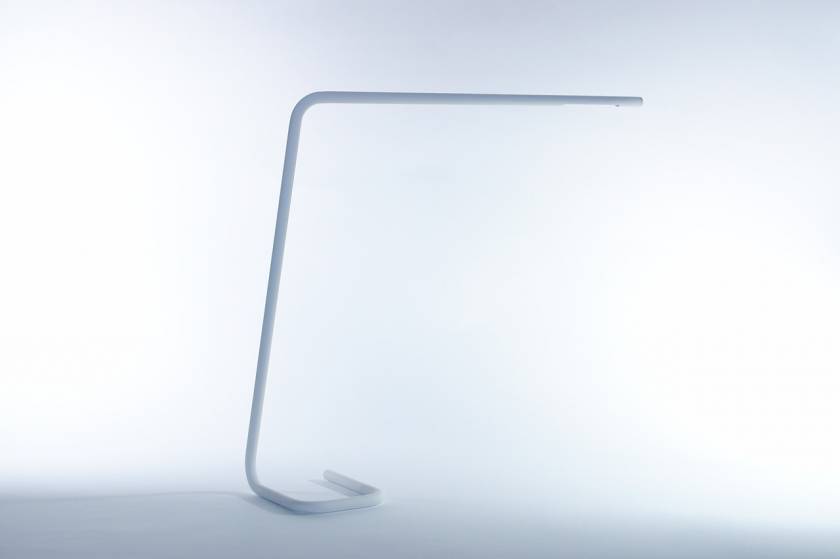

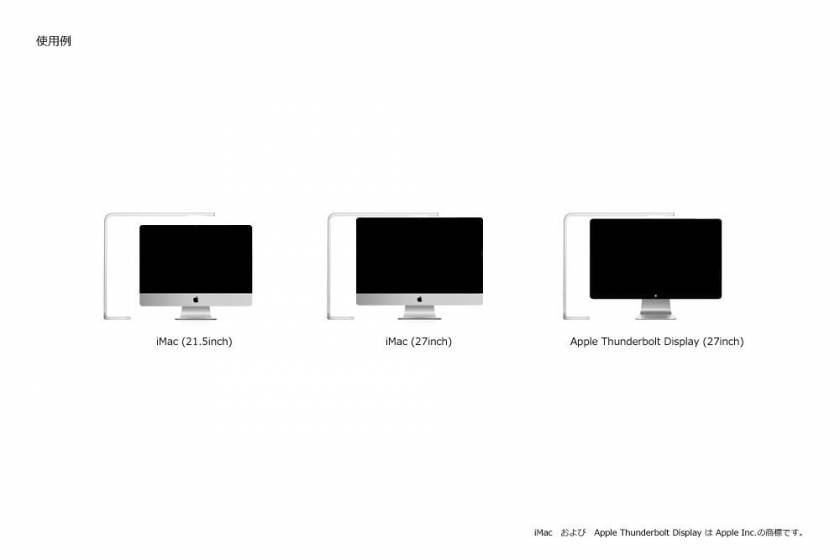
The product was sold exclusively from his website’s online store. In addition, he used Facebook to spread information about the product. But ultimately, STROKE’s popularity emerged from an unexpected source.
“A reporter from a local newspaper (Kanagawa Newspaper) saw the product on Facebook and came to interview me. Up until then, I hid the fact that I was a completely independent maker, because I figured that it might be difficult to gain the trust of consumers if they knew the company was only made up of 1 person. But the reporter heard this and told me, ‘It’s interesting because you’re independent. You should really let people know that.’ That’s when I decided to stop hiding the fact that I was the sole employee of my company.”
The reporter coined the phrase “a one-person maker,” which must have resonated with a lot of people. Since then, Yagi’s company became more and more well known and was eventually approached by TV networks requesting interviews.
If you look on a worldwide scale, at the same time independent production was just starting to become a global trend. MIT’s Neil Gershenfeld started a production revolution with the creation of his small production laboratory, which WIRED’s Chris Anderson labeled as the “makers’ movement”. Without even realizing it, Yagi had become a pioneer of this worldwide trend in Japan.
“When I left Fujifilm, there were very few, if any, independent makers in Japan. Looking back, it definitely helped that I was one of the first.”
Contributing to society by using excess resources
As Yagi and his company became more and more well known, the LED desk light STROKE sold well, regardless of its relatively expensive price (39,900 yen including tax), putting Yagi’s business back on track. The STROKE design was also received well among critics, garnering him the Good Design Award from Japan’s Ministry of International Trade and Industry, as well as Germany’s Red Dot Design Award.
The next product Yagi released was “REST”. This was a Qi-enabled wireless charger (Qi is an international standard for wireless charging.) made from Japanese cedar.
“Most people charge up their devices in the bedroom, which leads to lots of cables and AC adapters around the bed. Since most bedside tables are made of wood, I figured that a wireless charger made of wood could improve the atmosphere around the bed by not standing out.”
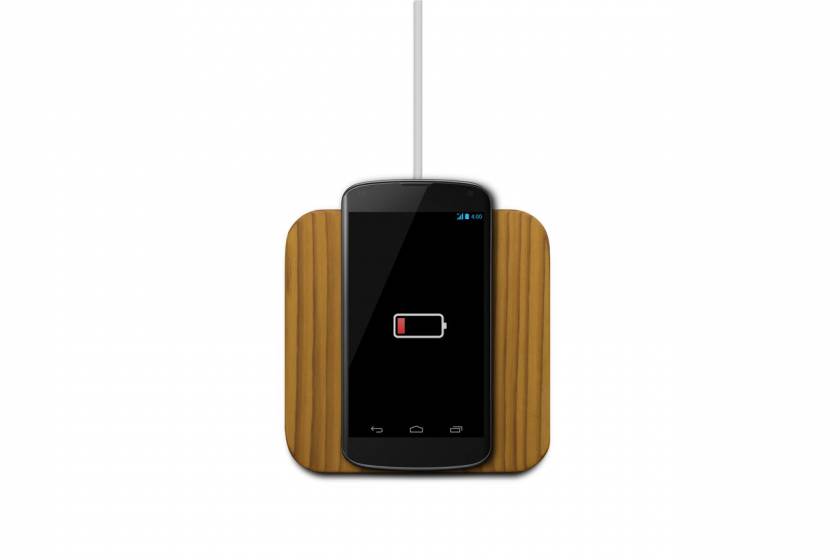
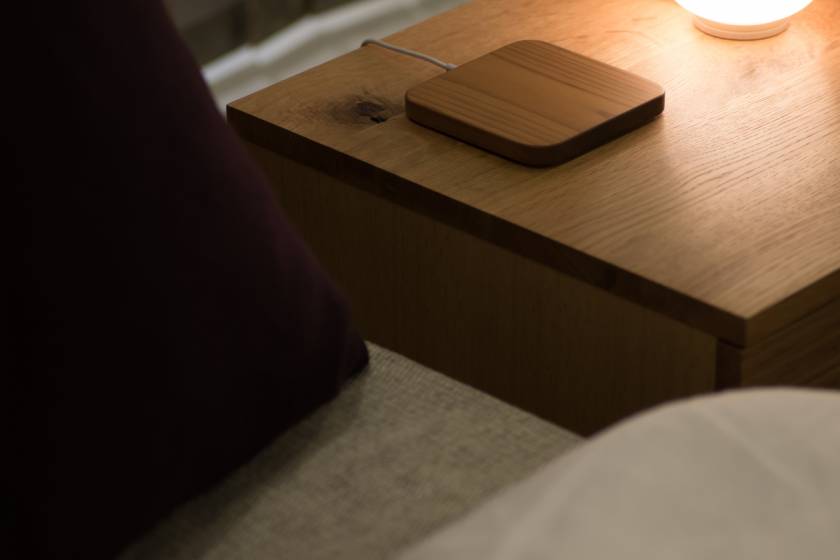
Choosing to use Japanese cedar as the material for the product is something only Yagi would think of. Since most of the lumber used in Japan is imported from overseas markets at cheap prices, the overabundance of domestic Japanese cedars has become a problem. So Yagi decided to use timber thinning from Japanese cedars for his product. He knew that by using excess domestic resources, he would have access to plenty of materials while making a positive impact on Japan’s forest industry.
However, Japanese cedar is known to be soft and cellular, so it is not the best material to use when it comes to electronics and home furniture.
“I learned that HIDA SANGYO Co. (located in Takayama City, Gifu Prefecture) was capable of compressing wood through a process that involved steam and heat, so I met with them to discuss compressing Japanese cedar.”
Amazingly, through this process, the Japanese cedar turned into hard wood. REST, with its simple wooden chassis encasing the electronic parts, won iF Design Award in Germany.
“I plan to continue taking the time to create products that can be used universally and have the potential to set standards in the future.”
Bsize is now made up of 4 employees and is partnered with 50 factories. They are currently planning to release their products in Europe and North America in 2015.
Written by Nobi Oda | Translated by Nelson Babin-Coy
